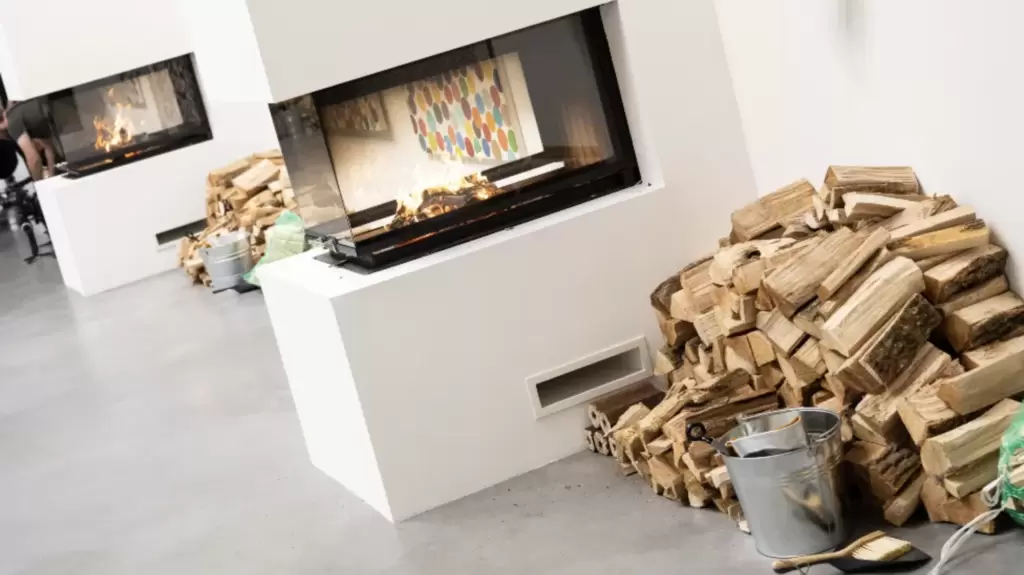Minecraft, Art and NFTs; When Gaming Finds its Artistic Counterpart
From educational purposes and tokenized collectibles, to a residency in a Canadian Museum, Minecraft is becoming a form of art in its own right. Is it possible that we’ve overlooked the gaming industry, pigeonholing it to be just one thing? Could Minecraft help us make sense of science, technology, art and more? Let's take a closer look at how Minecraft has come to be more than just a game.


You probably know Minecraft as a game where users can build their own worlds with no set “goals” or missions. It gives the player plenty of freedom to make the most out of the game’s compelling creative features. Minecraft offers voice-chat-enabled and Lego-like constructions where you can build and craft a universe using resources that you personally mined. This is wonderfully illustrated in Wonder, a movie starring Julia Roberts, where Auggie and Jack regularly communicate through Minecraft and rekindle their friendship by meeting up in Auggie’s virtual universe.
Speaking of universes, the virtuality depicted in the film Ready Player One is a very compelling one. You might have heard of the Metaverse — a virtual 3D social hub pioneered in gaming which lets users undergo immersive, digital co-experiences. It can be found not only in gaming but also in other areas of our lives. Some popular Metaverses include Decentraland, Sandbox and Cryptovoxels. As the eagerness to attract younger gamers into the NFT industry grows, these projects increasingly follow the native Minecraft aesthetic, making onboarding feel more natural among teens. Just look at how similar the two worlds are:


Today, Minecraft is one of the most popular games, having sold more than 200 million copies. It’s hardly surprising that they’re being looked up to in order to add value and bring the NFT world into the game. Recently, Enjin, in partnership with Microsoft, created a Minecraft compatible blockchain collectible that aims to champion women in the gaming and science industries.
Cryptovoxels is another project worth mentioning. Only a year old, Cryptovoxels is a user-owned virtual world that is built on the Ethereum blockchain and is an amalgamation of Facebook and Minecraft. In Cryptovoxels, users can build from basic blocks and add gifs, audio files, text, images, .vox files and scripting into the mix. A component that is currently in the development pipeline is video streaming, and a new game will come into play in 2021 — The Sandbox is as close to real-life prime real estate as it can get in the virtual world. Its creators see this virtual land as a potential for a quick sell-out, becoming a place for hypergrowth overnight.
As NFTs earn their principal place in the art world and slowly but surely become mainstream, Minecraft is looked up to once again, and this time, not just as a game, but as a means to create art.
A quick search on Rarible — a platform where you can ‘create and sell digital collectibles secured with blockchain” — yields NFT art results based on Minecraft. You will find everything from welcome signs to gated new developments – the type that Marty and “Doc” see when they arrive at Hill Valley in Back to the Future II — to all kind of vehicles; planes, cars, jetski, either state of the art or vintage.


Besides NFTs, there are other examples of how Minecraft finds its way into art and education. Minecraft Meets Art, a project launched by the Minecraft team, calls for students to use their platform to integrate art and technology. The project’s mission is for students to become familiar with famous artists and their works along with the museums in a fun and interactive environment.

While children and teenagers will be content with these approaches, you might be surprised to find that Minecraft also appears in higher education. Artist Travess Smalley leads an intensive first-year foundation course at Rhode Island School of Design, and proposes that his students hold Minecraft meetings.

Screenshot from Travess Smalley’s remote studio class assignment on Minecraft, 2020, from the article, CAN YOU TEACH ART ONLINE? By Kyle Dancewicz
Minecraft is also dabbling with the idea of becoming an art form in its own right. James Delaney and Blockworks recently published a coffee table book titled Beautiful Minecraft. Inside the glossy edition, you’ll find surreal landscapes, all built through Minecraft’s creative mode.

Double page spread from Beautiful Minecraft by James Delaney
More recently, the Mackenzie Art Gallery in Regina, Saskatchewan Canada, in partnership with Ender Gallery, announced a call for artists to participate in a residency based on Minecraft. We can’t wait to see how this exhibition will shape itself and the kinds of art it will display.
 Minecraft’s creative mode acts as a blank canvas, offering endless possibilities to explore: from collaborations to solo enterprises, users can create fascinating new worlds and maps. The highly open-ended possibilities that the game offers are incredibly freeing for artists, who can use the material they mined to create intricate and complex worlds that turn into artworks with just that little bit of a cubist twist.
Minecraft’s creative mode acts as a blank canvas, offering endless possibilities to explore: from collaborations to solo enterprises, users can create fascinating new worlds and maps. The highly open-ended possibilities that the game offers are incredibly freeing for artists, who can use the material they mined to create intricate and complex worlds that turn into artworks with just that little bit of a cubist twist.
As the world continues to explore Minecraft as an artistic tool, it might eventually also become a lucrative tool for business. Will it be as easy to harvest the crop of fruitful collaborations between artists, designers, and brands, to mine the resources from which they were created? Only time will tell, but one thing we do know is that this is quite an exciting development to follow.





